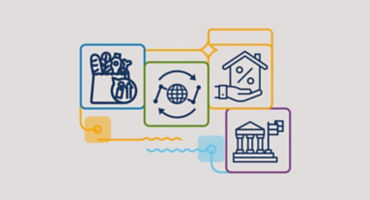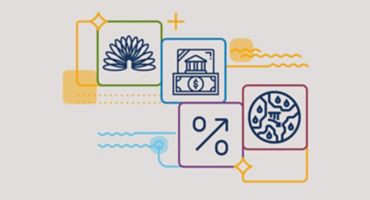2. Demographics may explain consumer resilience
Roughly speaking, baby boomers — those born between 1946 and 1964 — account for around a fifth of the US population. But boomers represent an outsize proportion of consumption; almost every other dollar spent is spent by a baby boomer. Benefiting from a combination of favorable economic conditions and time, baby boomers hold the largest share of assets in the US in the form of excess savings, real estate, and equities.
In this new, higher interest rate environment, these assets are a source of additional income and security, with excess savings now generating 3.5% – 4.5% in interest rather than 0%. Boomers also have a high rate of homeownership. Many of them may own their homes outright, but those that don’t probably benefit from locked-in, ultra-low, fixed mortgage rates. No such luck for renters, who have instead been exposed to rising costs as property owners increase rents.
All of this means that baby boomers on the wealthier side of the spectrum tend to have robust balance sheets — bolstering their ability to access credit even as standards tighten. Those tighter lending standards are more likely to impact subprime borrowers, who are perceived as riskier. In short the cohort that spends the most is likely to continue spending the most — driven by the tailwinds of higher rates on income from savings and asset appreciation.






